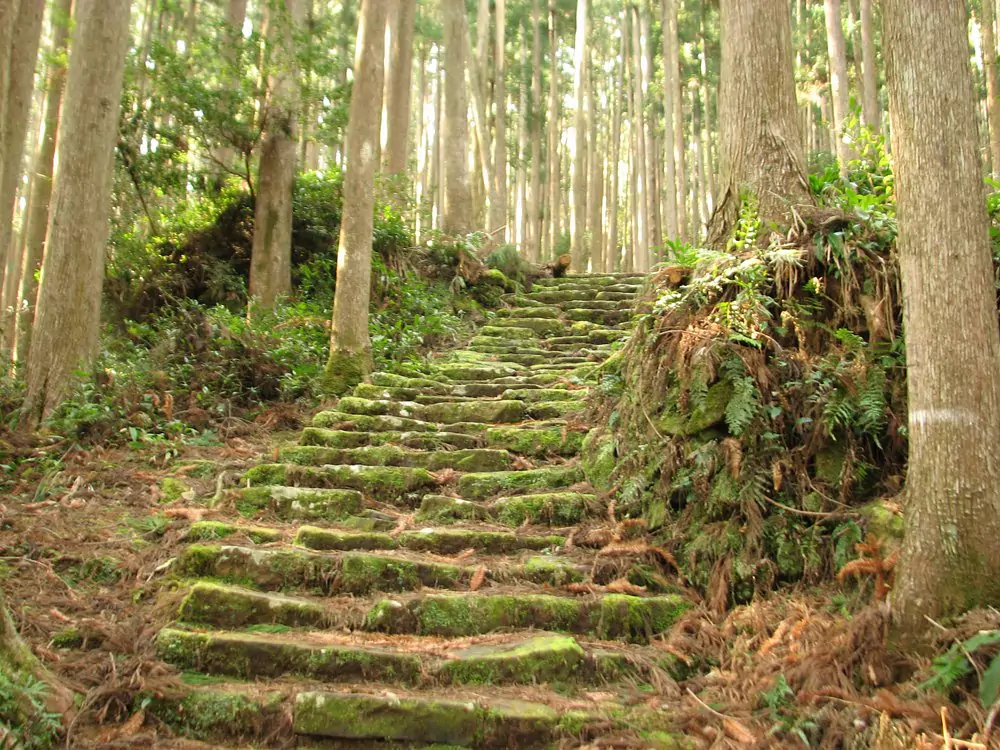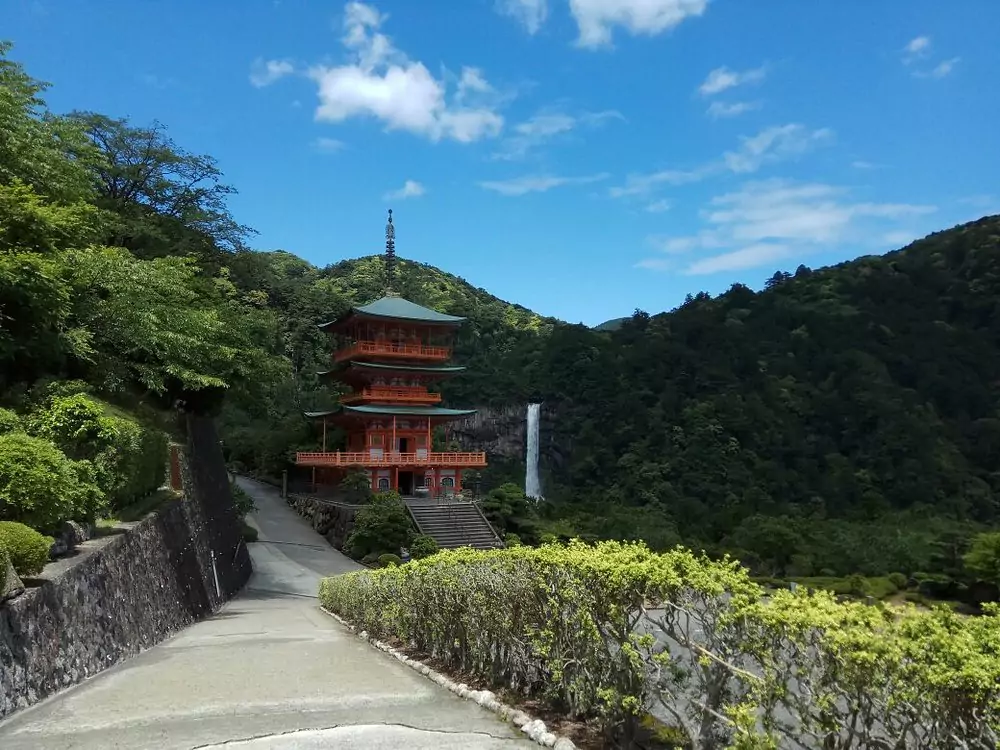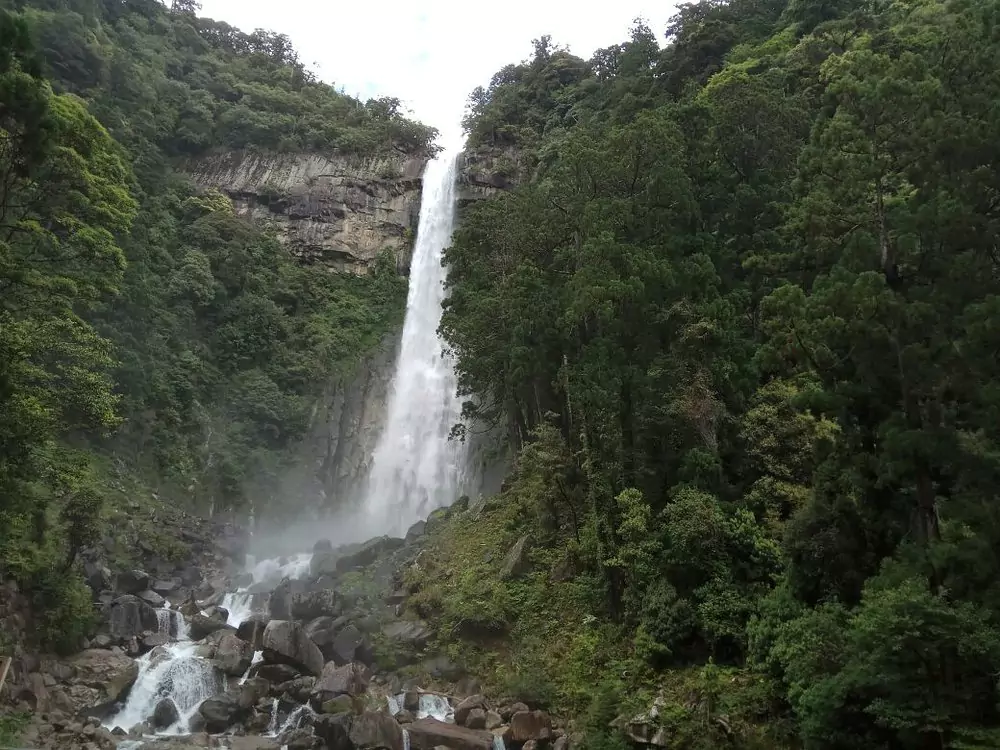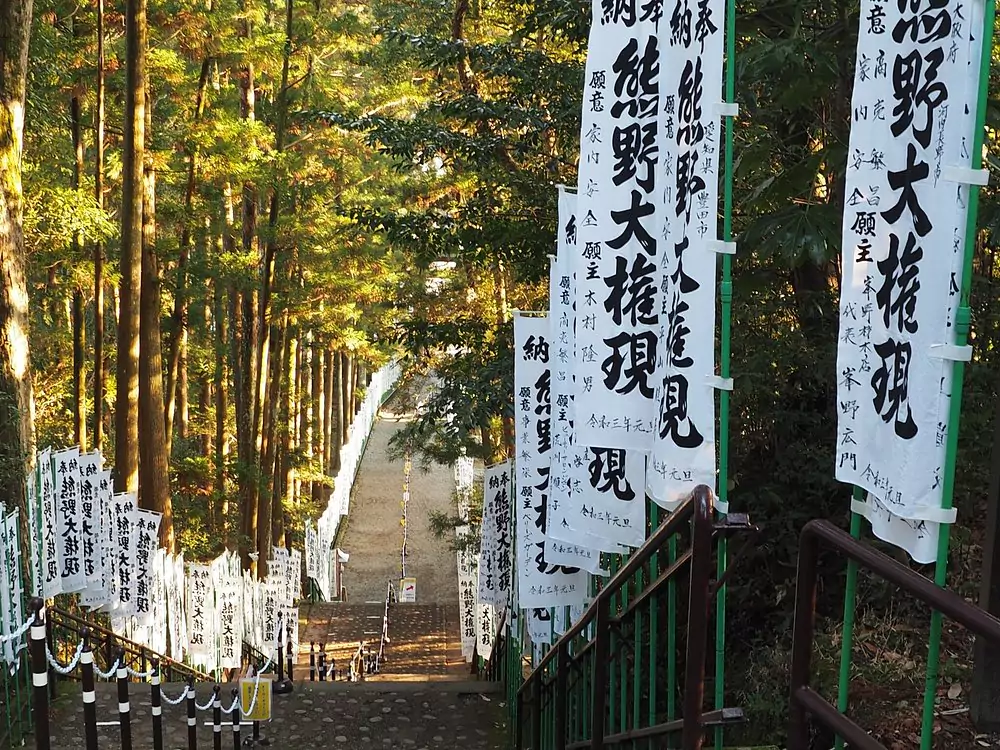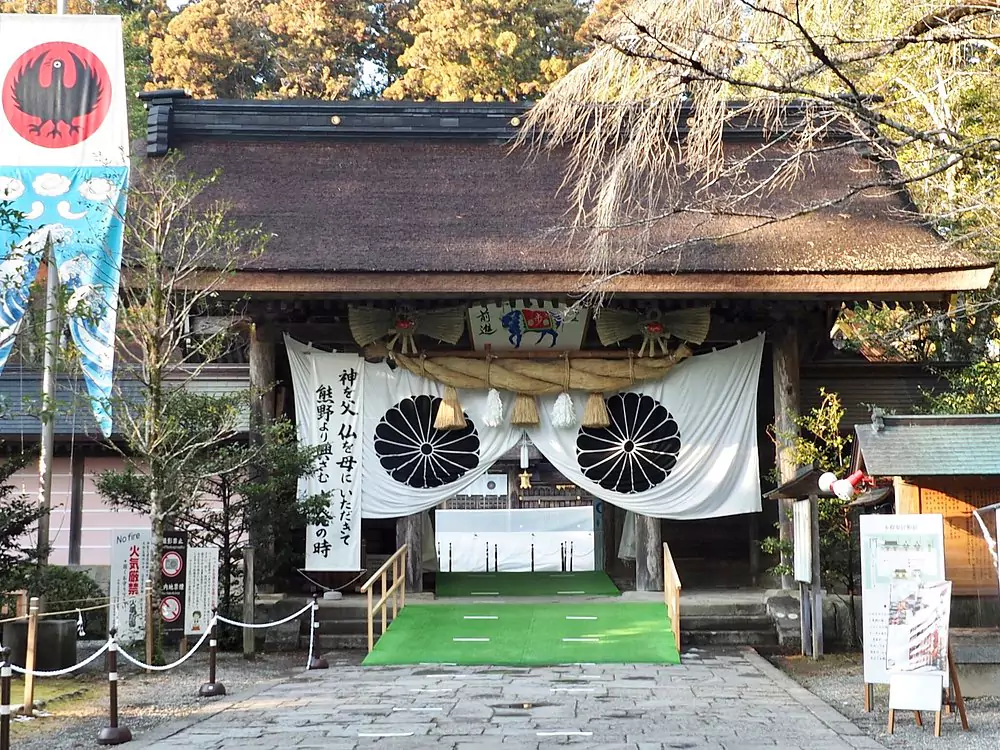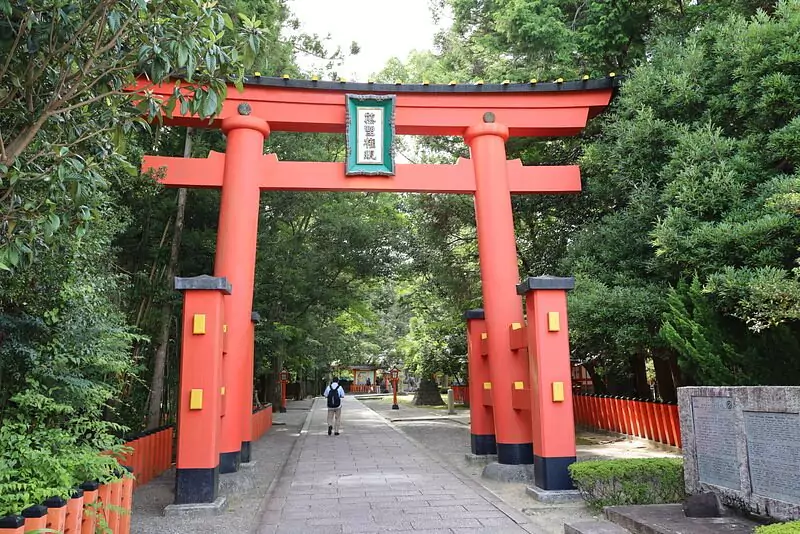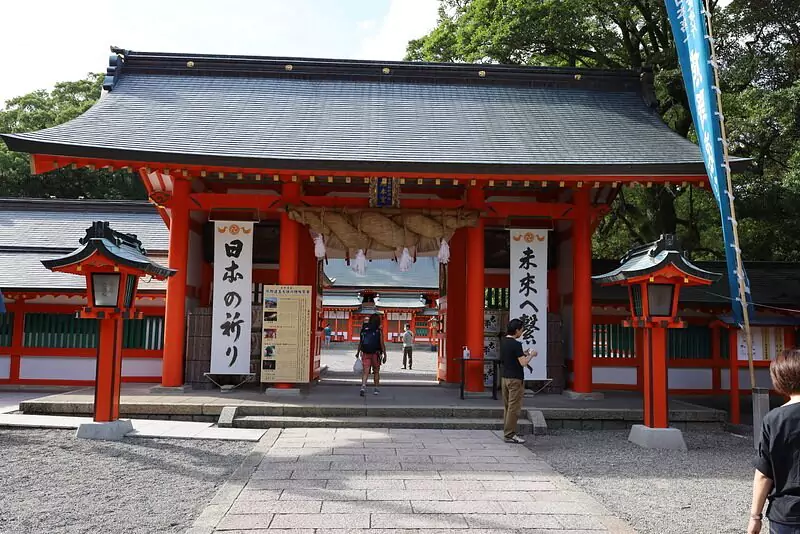Have you ever dreamed of walking a path where emperors, monks, and pilgrims once traveled for centuries? What if that path could bring you closer to nature, culture, and even your own inner peace? Welcome to the Kumano Kodo, one of Japan’s most spiritual hiking trails.
This ancient pilgrimage route, hidden among lush mountains and waterfalls in Wakayama Prefecture, is more than just a walk. It’s a journey into history, tradition, and self-discovery.
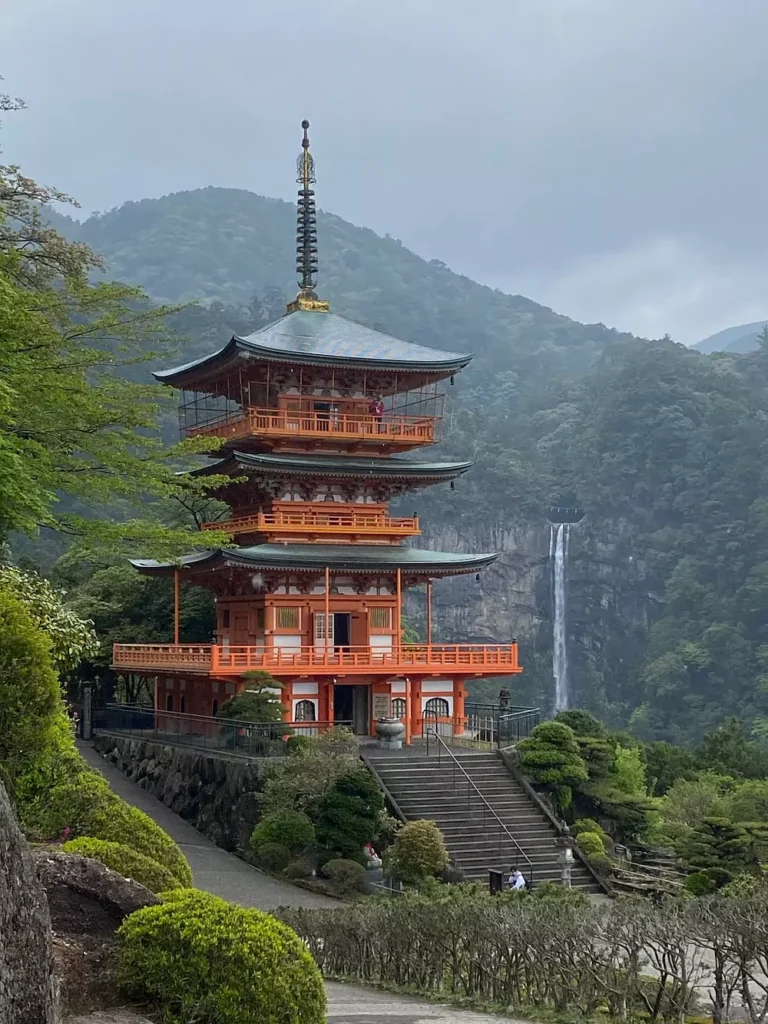
Overview: What Is the Kumano Kodo?
The Kumano Kodo is a network of sacred trails in Japan’s Kii Peninsula. For over 1,000 years, pilgrims used these paths to reach the three grand shrines of Kumano:
- Kumano Hongu Taisha
- Kumano Nachi Taisha
- Kumano Hayatama Taisha
These shrines are together called the Kumano Sanzan. The routes are now recognized as a UNESCO World Heritage Site, making them one of only two pilgrimage routes in the world with this honor (the other is Spain’s Camino de Santiago).
Walking the Kumano Kodo means connecting with both Japan’s spiritual history and its breathtaking natural beauty.
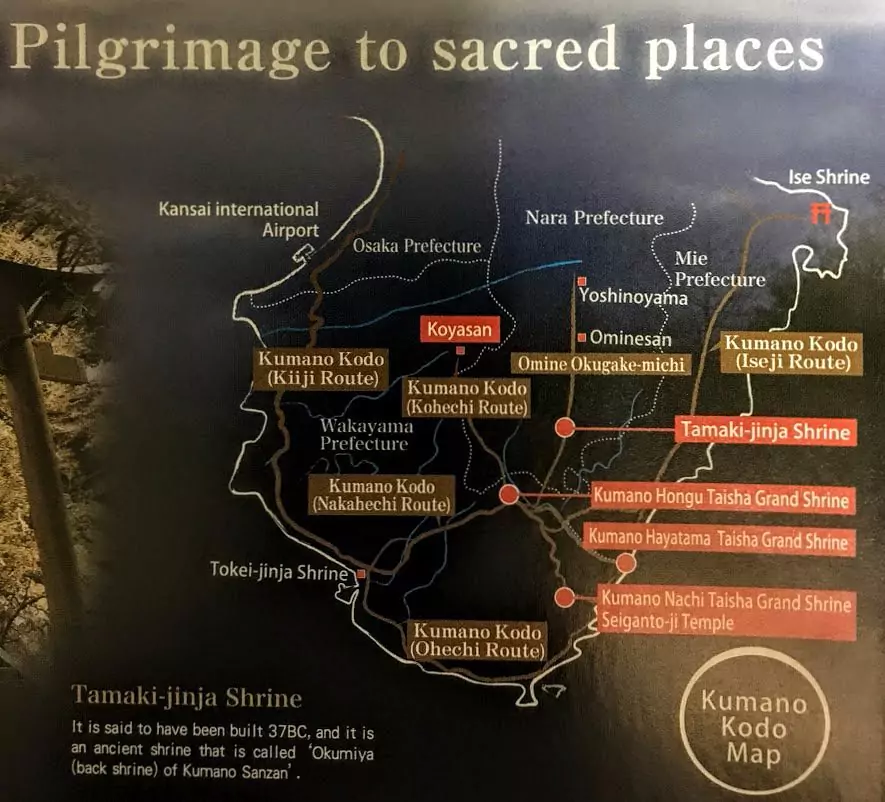
Why Walk the Kumano Kodo?
Travelers come for many reasons:
- Spirituality: The trails are filled with shrines, statues, and sacred sites.
- Nature: Rivers, forests, and mountains surround you at every step.
- History: You walk the same paths as emperors and monks.
- Peace: The quiet environment gives space for reflection and calm.
Whether you’re seeking adventure, culture, or inner balance, the Kumano Kodo offers something special.
The Main Routes of Kumano Kodo
1. Nakahechi Route
- The most popular and easiest to access.
- Starts near Tanabe and leads to Kumano Hongu Taisha.
- Famous for villages, teahouses, and scenic mountain paths.
2. Kohechi Route
- Connects Mount Koya (Koyasan) to Kumano.
- A tougher route through remote mountains.
- Ideal for experienced hikers who want solitude.
3. Ohechi Route
- Runs along the coast with views of the Pacific Ocean.
- Perfect for travelers who love sea landscapes and fishing villages.
4. Iseji Route
- Connects Ise Grand Shrine to Kumano shrines.
- Full of stone-paved roads, bamboo forests, and seaside paths.
5. Omine Okugake Route
- Known for ascetic training by monks.
- Very challenging, with steep climbs and wild terrain.
Each route has its own character, making the Kumano Kodo suitable for beginners and advanced hikers alike.
Highlights Along the Trail
Kumano Hongu Taisha
The head shrine of over 3,000 Kumano shrines in Japan. Its giant torii gate in Oyunohara field is a must-see.
Kumano Nachi Taisha
Located beside the stunning Nachi Waterfall, the tallest in Japan. The sight of the red pagoda with the waterfall behind it is iconic.
Kumano Hayatama Taisha
Near the Kumano River, this shrine is home to sacred objects and an ancient 800-year-old tree.
Nachi Waterfall
A powerful natural wonder, worshipped for centuries. Many say it has spiritual healing energy.
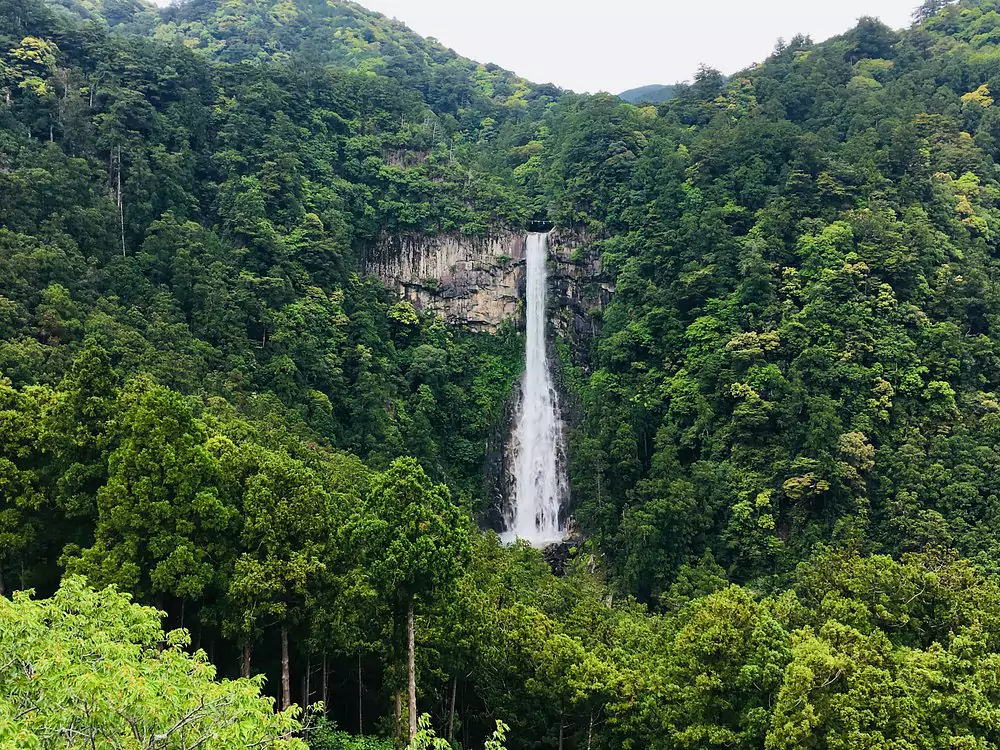
Yunomine Onsen
A hot spring village where pilgrims have bathed for purification for over 1,000 years. You can soak in the same waters today.
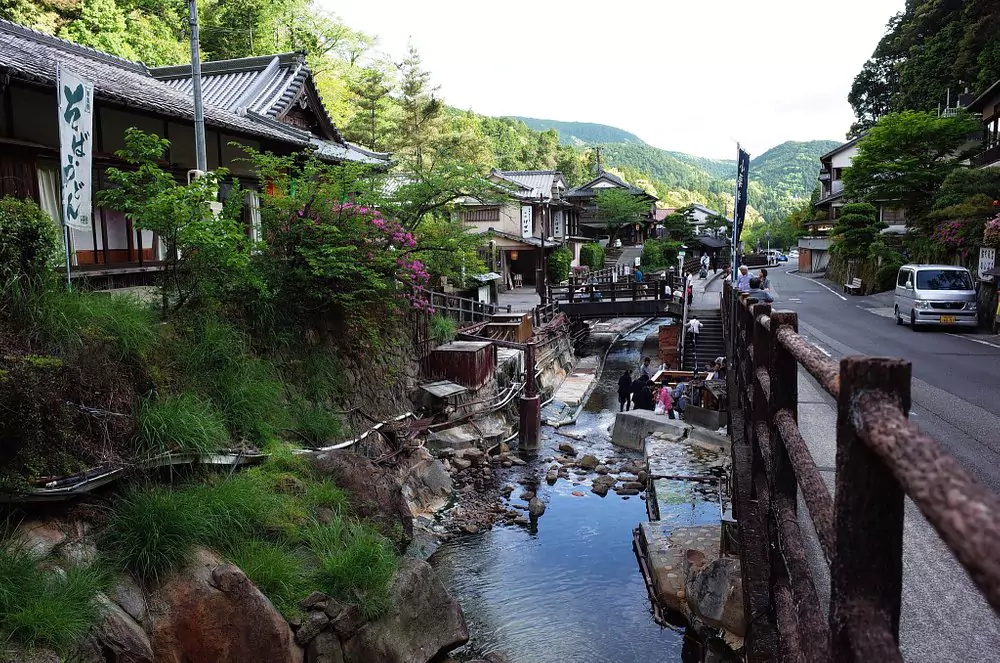
Religious Harmony Through Shinbutsu-shugo
One of the most fascinating parts of the Kumano Kodo is how it reflects Shinbutsu-shugo—the blending of Shinto and Buddhism. Temples and shrines exist side by side, showing how the two faiths mixed peacefully in Japan’s past. Walking here in autumn, with golden leaves falling on stone steps, makes you feel the harmony between nature, faith, and people.
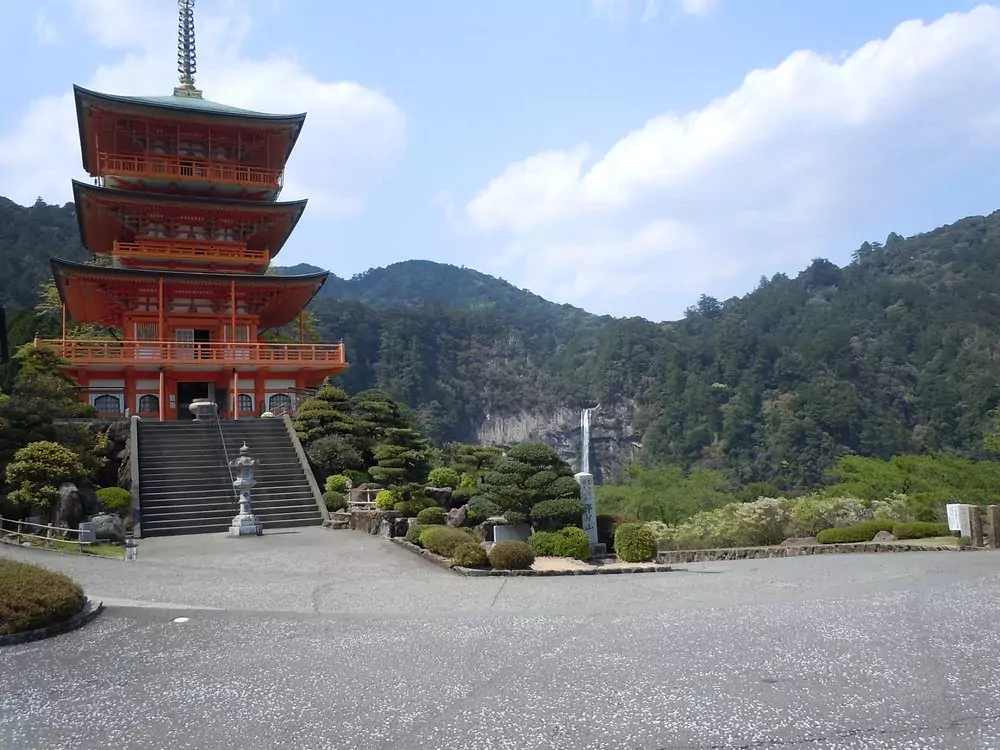
Best Time to Walk the Kumano Kodo
- Spring (March–May): Fresh greenery, cherry blossoms, mild weather.
- Autumn (September–November): Cool air, stunning autumn leaves, festivals.
- Winter (December–February): Quiet and serene, but cold in the mountains.
- Summer (June–August): Lush and green, but hot and humid.
Most travelers say autumn is the best season—especially October and November.
How to Get There
The Kumano Kodo is located in Wakayama Prefecture, south of Osaka.
- From Osaka: Take the JR Limited Express Kuroshio train to Kii-Tanabe Station (about 2.5 hours).
- From Kyoto: Travel by train via Osaka to Tanabe.
- From Tokyo: Ride the Shinkansen to Osaka, then transfer to the Kuroshio train.
- Local buses connect Tanabe, Hongu, and trailheads.
For long-distance travelers, the JR Pass or Kansai Wide Area Pass is a good option.
Travel Tips for the Kumano Kodo
- Wear good hiking shoes – Trails can be steep and rocky.
- Pack light – Bring only what you need for the walk.
- Stay in minshuku (family inns) – Enjoy home-cooked Japanese meals and local hospitality.
- Stamp your pilgrim passport – Collect stamps at shrines and earn a certificate when you finish.
- Take your time – The trail is about the journey, not rushing to the end.
Food and Rest Along the Way
Walking the Kumano Kodo is not just about hiking—it’s also about food!
- Local cuisine: Fresh fish, wild vegetables, and rice dishes.
- Hearty meals: Japanese set dinners served at inns.
- Onsen meals: Relax in hot springs and enjoy seasonal dishes afterward.
Pilgrims in the past ate simple meals, but today you can enjoy both tradition and comfort.
You might also enjoy exploring the eerie beauty of Aokigahara, a forest at the base of Mount Fuji filled with twisted roots, hidden paths, and surprising quiet. For more on the “12 Eerie Sights You’ll See in the Forest,” check out this detailed guide from JapanToVisit. Click Here .
Why the Kumano Kodo Is Life-Changing
Every traveler describes the Kumano Kodo differently, but many agree on one thing: it changes you.
- The quiet trails give space for reflection.
- The shrines remind you of Japan’s deep traditions.
- The natural beauty inspires peace and gratitude.
Walking the Kumano Kodo is more than just exercise—it’s a journey for the mind and soul.
Conclusion
The Kumano Kodo is not only a path through Japan’s forests and mountains, but also a path through time, culture, and spirit. Whether you want adventure, spiritual growth, or simply stunning views, this sacred pilgrimage route offers it all.
So if you’re planning a trip to Japan, put the Kumano Kodo on your list. Take each step slowly, breathe in the fresh mountain air, and let the journey guide you.
FAQs
1. What is the Kumano Kodo?
It’s a network of ancient pilgrimage trails in Japan’s Kii Peninsula, leading to three sacred Kumano shrines.
2. How long does it take to walk the Kumano Kodo?
It depends on the route. The Nakahechi route takes 2–4 days, while tougher routes can take over a week.
3. Do I need to be very fit to hike it?
No. Some routes are easy for beginners, while others are more challenging. Choose the one that fits your level.
4. Can I walk the Kumano Kodo alone?
Yes, it’s safe and well-marked. Many solo travelers enjoy the peaceful experience.
5. Is the Kumano Kodo like the Camino de Santiago?
Yes. Both are UNESCO World Heritage pilgrimage routes. Walking both even earns you a special certificate called the “Dual Pilgrim.”
